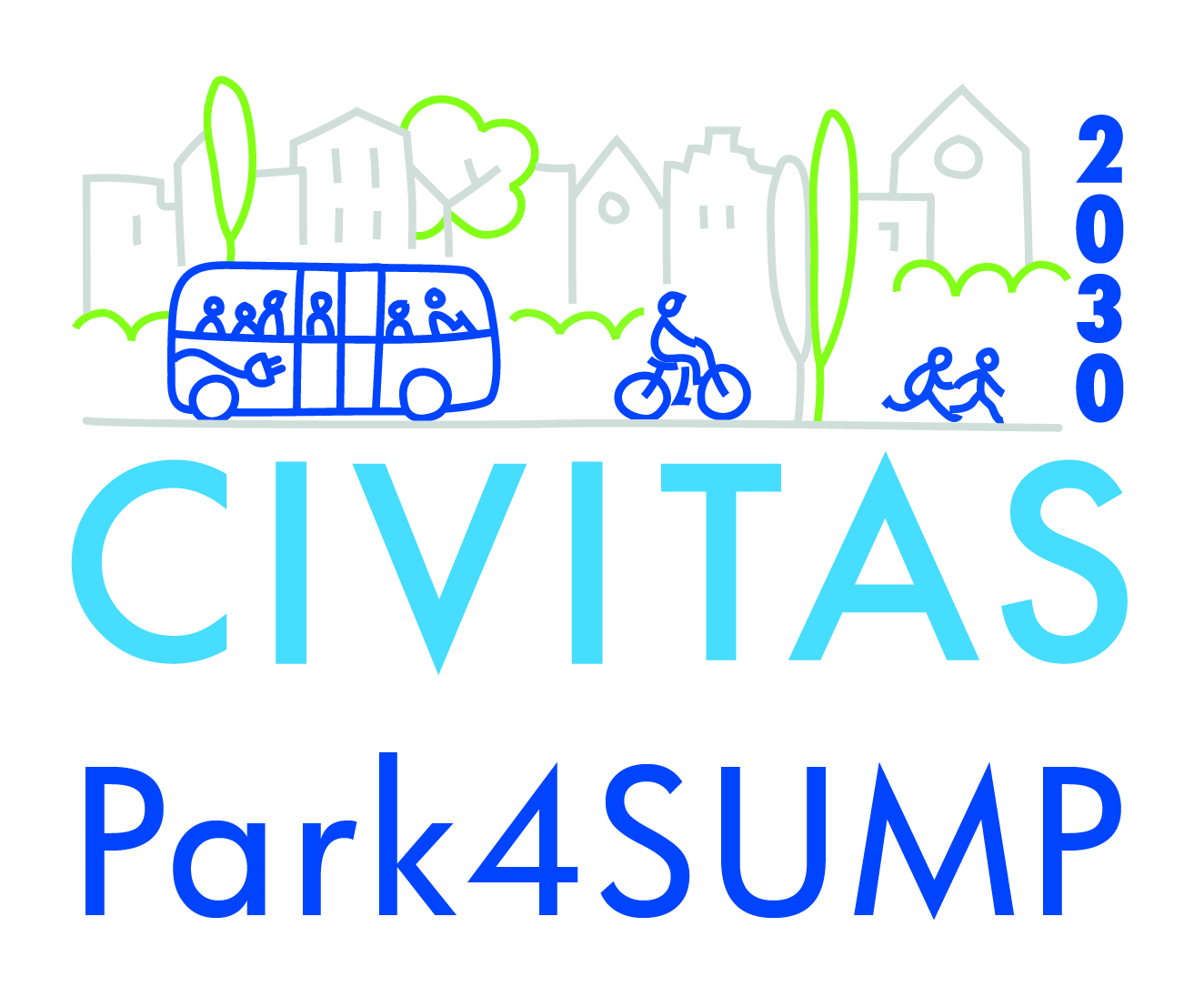Public space is scarce - Parking fees are necessary!

This text is a translation from an opinion piece written by Martina Hertel (Deutsches Institut für Urbanistik - DIFU) and published in the Tagesspiegel. Difu is a member of the Park4SUMP consortium. You can access the original contribution in German here.
Private cars enjoy great privileges in public spaces – each vehicle takes at least twelve square metres to park it properly. Unfortunately, the trend of increasingly large cars continues in the Federal Republic of Germany, as 21% of new car registrations in 2020 are SUVs.
The vehicles are not only getting bigger, but the numbers are also growing. In the last ten years, the number of passenger cars registered in Germany has risen from 42.3 million in 2011 to 48.25 million by the beginning of 2021, while the population has only grown by just under three million people in the same period. The change in the drive type is irrelevant: diesel, petrol, hybrid or fully electric - cars are occupying a significant amount of public space!
In urban environments, these developments lead to increased pressure on parking, intensify the already fierce competition for limited space. For sustainable and liveable cities, there must also be space for cycling, walking and public transport, and of course green, given the need for climate adaptation.
As parking remains cheap, public transport becomes more expensive
The scarcity and value of public space has not yet been reflected in the parking fees charged by most German cities. Parking in public street space, is often cheaper than parking in the nearest multi-storey car park. Furthermore, studies show that many multi-storey car parks are usually only occupied by around 50% of total capacity, with a few exceptions, such as the Christmas season.
Meanwhile, the search for on-street parking space leads to traffic congestion and climate-damaging emissions. Our Dutch neighbours have already taken a step in the right direction. For example, the city of Rotterdam decided to significantly increase the parking fees in the city centre and thus finance cheaper car parks on outskirts of the city.
In Germany, the low cost of parking, compared to rising cost of public transport, is also deterring the use of more sustainable transit. For example, parking fees in the city of Munich have hardly risen since 2004, whereas the costs of public transport rose significantly with increases of single fairs by 30% and monthly tickets by up to 50% since 2004. This means that users of private cars are being asked to pay less than users of public transport.
We need a better scope of action for the German Federal States
This imbalance is even more evident in the fees for residents' parking: Until 2020, federal rules set the maximum for a parking permit to 30.70 Euros per year for on-street parking. This converts to a daily price of around eight cents - a very low cost compared to other uses of public spaces of the same size (twelve square metres). For example, a catering business must pay 1.50 Euros a day for the same space and the operators of a market stall even pay 18 Euros a day. In Berlin, the rules for resident parking permits cost 20.40 Euros for two years, or just two cents per day. Thus, the figures show that public space, which should benefit all people in a city equally, is often much cheaper for motorists. Unfortunately, citizens cannot expect significant change on a federal level, as the federal government delegated the regulation of residents' parking to the federal states just last year.
Cities should use the revenue from parking fees for environmentally friendly mobility
The states have the option of enacting their own regulations and/or passing them on to their municipalities. In Baden-Württemberg, where, as of July 2021, the state has enabled the municipalities to set their own price for parking. The ultimate goal is to upgrade the public street space. In cities across Baden-Württemberg, fees of 120€, 240€ or up to 360€ per year and vehicle are currently under discussion.
This may seem expensive, yet other countries have already set far higher costs. In 2019, the annual fees in many Austrian cities were above 100€ Euros, in Copenhagen the price for resident parking was 158€, in Amsterdam 535€ and in Stockholm, residents in some areas are paying up to 827€.
Nevertheless, the primary goal of price increases for parking space should never be balancing cities’ budgets. Parking revenues should be earmarked for investments in public transport systems or to enhance infrastructure for walking and cycling.
Taking a closer look at the Netherlands again provides useful insight. In 2014, more than 60 per cent of parking revenues in the city of Amsterdam were appointed for environmentally friendly mobility measures. Several cities in Germany are also taking this path. Landau, a medium-sized city in Rhineland-Palatinate, abolished free residents' parking for the inner-city areas in October 2021, and residents now must buy daily, monthly, or annual tickets. This additional revenue helps finance municipal bus services.
